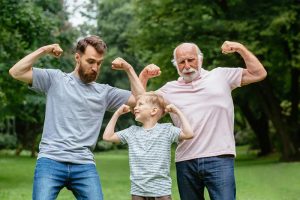
When people are old, their body gradually loses weight, their strength is weakened, and their movements are slow. All aspects of the body are not as good as when they were young. Large or small diseases accompanied by various symptoms. And there is a disease, you may not know it is a disease, but the consequences are quite serious! That is “sarcopenia”.
Four reasons for too little muscle
Unbalanced nutrition and lack of exercise are the main reasons for the accelerated muscle loss of modern elderly people.
Muscles and bones together constitute the body’s supporting movement system. Starting from childhood, muscles increase with the growth and development of the human body, reaching a peak around 30 years of age, and then beginning to decrease year by year. After 60 years of age, muscle loss will further accelerate, causing a series of problems:
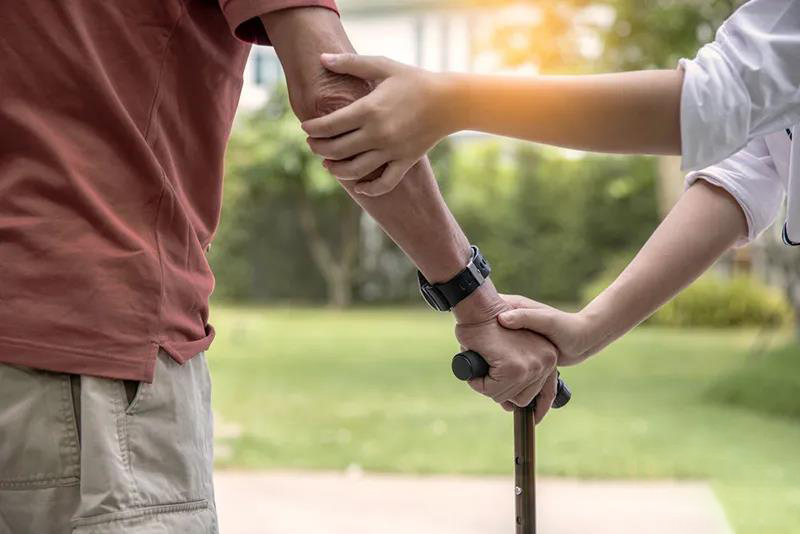
1. Causes the elderly to decline in mobility, difficulty in standing, slow pace, and easy fall.
2. Influencing the ability of blood sugar control and blood lipid metabolism, and induce chronic diseases such as diabetes, high blood pressure, hyperlipidemia, etc., causing the body to fall into a vicious circle.
3. Increasing the hospitalization rate and medical expenses of the elderly seriously affects the quality of life of the elderly, and even shortens the lifespan of the elderly.
4. Excessive muscle loss must be careful of sarcopenia
Sarcopenia, also called muscle attenuation syndrome, is a syndrome of decreased skeletal muscle, muscle strength and muscle function associated with increasing age. At present, 50 million people worldwide suffer from sarcopenia, and everyone’s understanding of sarcopenia is still in its infancy.
How important is muscle?
Muscles are the foundation of all physical activities
All the activities of the human body are carried out with muscles as power and bones as levers. Insufficient muscle strength will directly affect various physical activities, resulting in restricted activities.
In severe cases, they have to use crutches, wheelchairs, or even bed, and lose their ability to take care of themselves. Have you ever heard of “the old man gets old first”, right? It is because of the massive loss of leg muscles in the elderly.
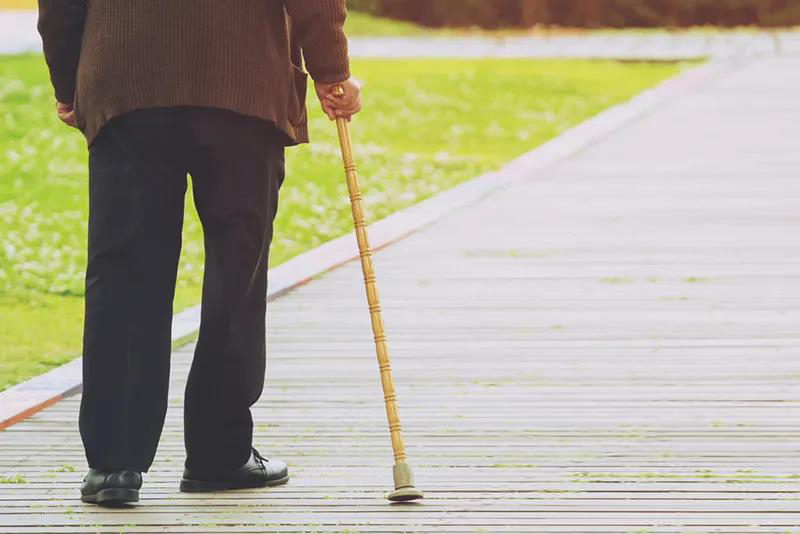
Muscle is the second heart of man
Everyone has to rely on the heart to transport blood to the whole body, but the power of the heart as a “pump” is obviously not enough. The muscle contraction of the calf and foot is like a “pump”, compressing the blood vessels to make blood flow upward through small veins and veins, and finally back to the heart, so that the entire blood circulation of the human body can be carried out smoothly. Therefore, muscle is known as the “second heart of the human body”.
Muscle is the main energy consumption
When you are at rest, the calories consumed by the same weight of muscle is 3 times that of fat. In various exercises, the energy consumed by muscles will increase exponentially. Muscles are like engines that consume energy when idling, and can turn a large amount of energy into power when moving, and push the human body to perform various actions. In a word, people with more muscles are more athletic.
Muscles are the patron saint of joint and bone health
Only when the muscles are strong can they protect the joints and prevent various bone and joint injuries, such as knee joint pain and back pain. A large number of studies have shown that muscle content is positively correlated with bone density, and decreased muscle content is the main cause of osteoporosis.

Muscle is the main force of blood sugar metabolism
Diabetes has become one of the most prevalent diseases in the world. Muscle is the largest glucose storage in the human body and the largest glucose consumption factory in the body. It is of great significance to the regulation of blood sugar. Having strong muscles can effectively prevent and control diabetes.
Two methods to judge muscle condition
Method 1: Older people can evaluate their own muscle reduction by lying on their backs in one minute.
Specific method: The subject lies on the mat with his legs close together and straight, arms at both sides of the body, doing abdomen, straight leg raising, knees and calf area touch the rubber band (put poles on both sides of the mat, use After the rubber band is connected), restore the starting posture, record the number of exercises in one minute and compare it with the table of “Evaluation Standards for One-Minute Supine Leg Raise for the Elderly”. The lower the score, the worse the muscle endurance and the more serious the muscle loss.
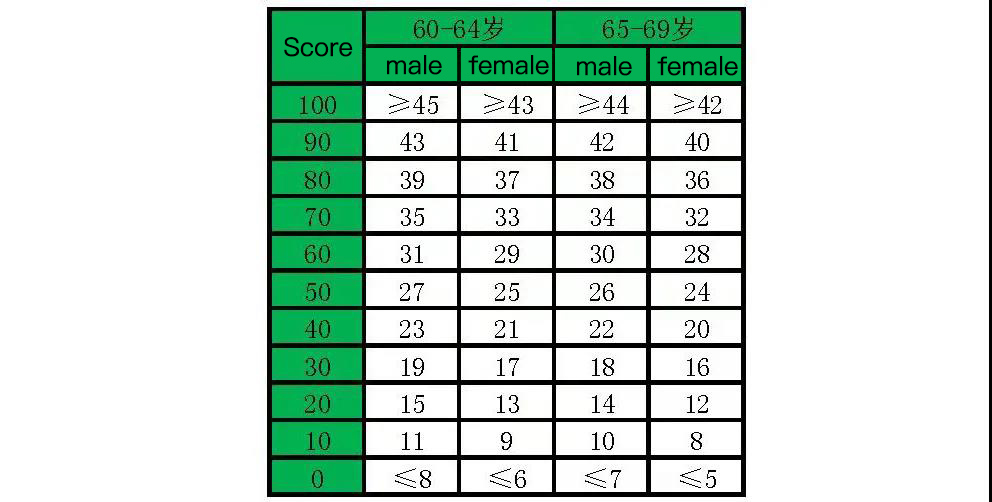
Method 2: According to the “2019 Asian Consensus on the Diagnosis and Treatment of Sarcopenia” (AWGS2019), the following four criteria can also be used as warning signs of muscle loss.
1. Calf circumference: male < 34cm, female < 33cm.
2. Hand grip strength: male < 28KG, female < 18kg.
3. Six meter step speed measurement: step speed < 1m / s.
4. Chair rising and sitting: cross your shoulders with both hands in front of your chest, stand up for 5 times – sitting time > 12 seconds.
If at least one of the above conditions is met, it indicates that there is a possibility of muscle reduction and timely intervention is needed.
How do old people exercise?
Many people think that the effect of fitness for the elderly will not be obvious, because age is there. However, this phenomenon can be reversed under the condition of strict nutrition and muscle strength training, so that people aged 60 can have muscle strength at the age of 30.
For muscle strength exercise, the elderly should first be safe. Take muscle endurance exercise with small weight and several times, which is safe and easier to adhere to.
With their own weight, or small dumbbells, mineral water bottles, elastic belts and other small tools to provide resistance. Focus on exercising the large muscle groups of lower limbs, chest, back, shoulder and arm.
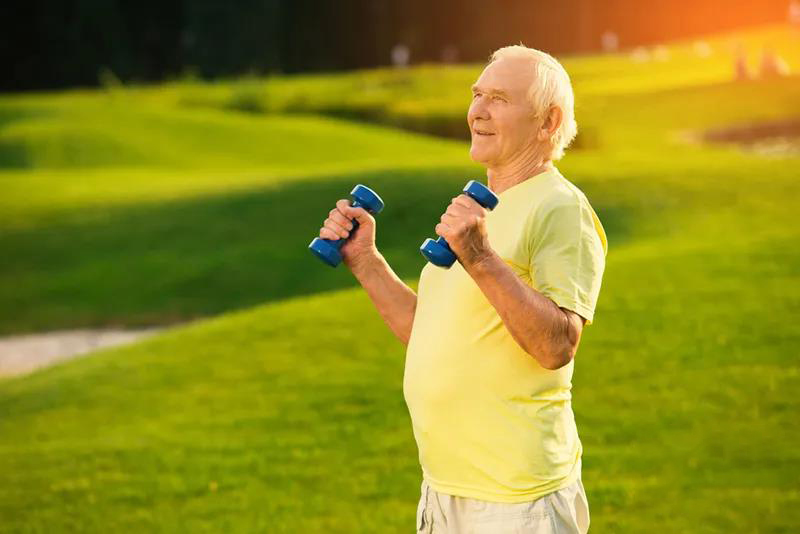
Here are some recommended actions
Sit at the front edge of the chair with your hips, hold the chair with your hands, lift your left leg straight, parallel to the ground, and keep your upper body upright without leaning back or looking forward. Adhere to 5 ~ 10 seconds, change the right leg, do it 10 ~ 20 times for a group, and do it in 3 ~ 4 groups.
The chair stands up and sits down
Put your hands on your shoulders, cross your chest or stretch out, separate your feet, stand up from the chair, and then sit down. Stand up and inhale, sit down and exhale slowly. You can inhale through the nose and exhale through the mouth. Repeat 10 ~ 20 times in each group, make 3 ~ 4 groups, and rest between groups for 1 ~ 2 minutes.
Push-up
According to your physical condition, you can choose to support the wall with both hands for push ups, and then support the stool with both hands. Choose different difficult movements in different training stages. 10 ~ 20 times as a group, 3 ~ 4 groups.
Dumbbell or elastic rope push
Push upward by holding heavy objects, such as small dumbbells, mineral water bottles or elastic ropes, 10 ~ 20 times as a group, 3 ~ 4 groups, and select the weight according to their own physical conditions.
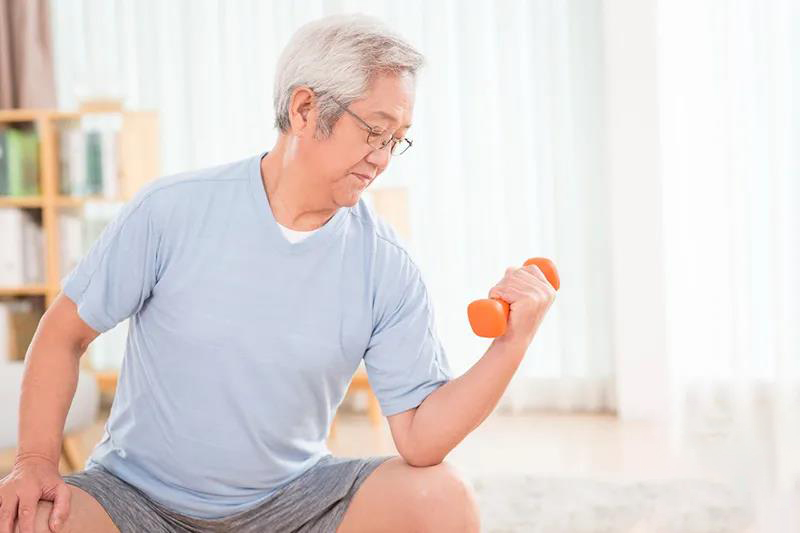
Notes
1. Muscle strength exercise is best done every other day, that is, three times a week. Exercise four muscles at a time. Choose one action for each part and Practice for about 30 minutes.
2. Ordinary people should not pursue heavy weight in muscle exercise. First, they are easy to get hurt, and second, they will give up exercise because of fear.
3. Exercise should be carried out step by step, and the resistance should be gradually increased with the increase of strength. Only in this way can muscle growth be continuously stimulated.
4. Keep up with nutrition. Eat more high-quality protein foods, such as low-fat and high-protein foods, to promote muscle growth.
Comments